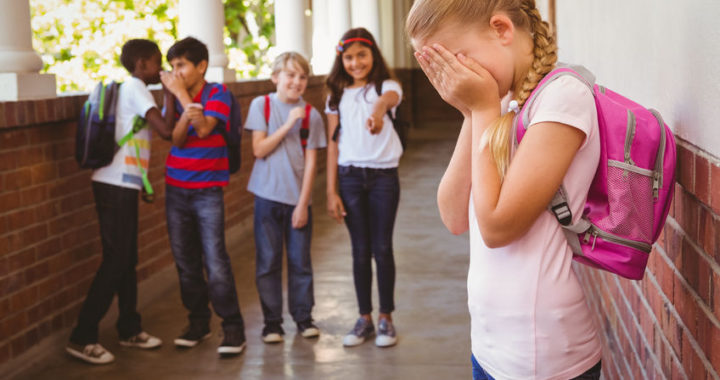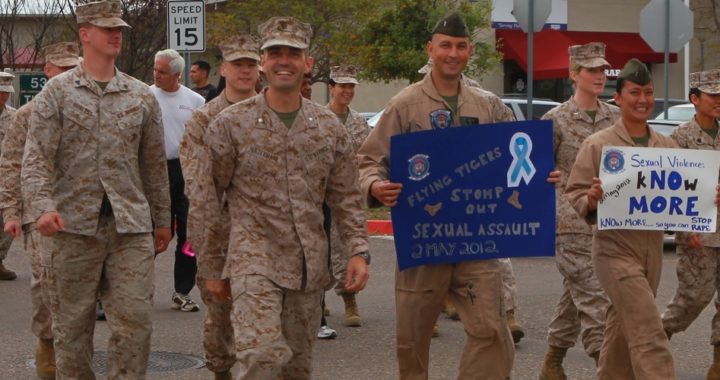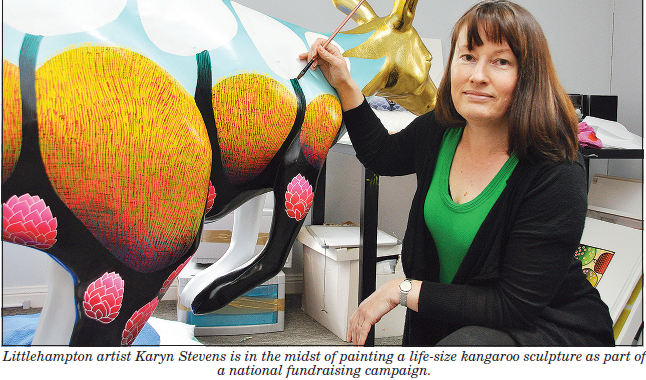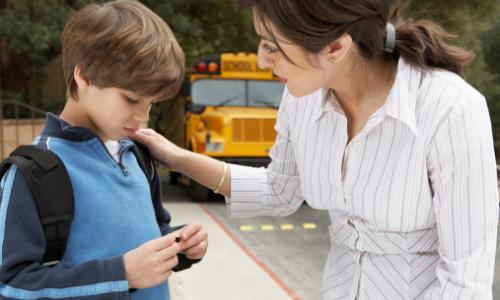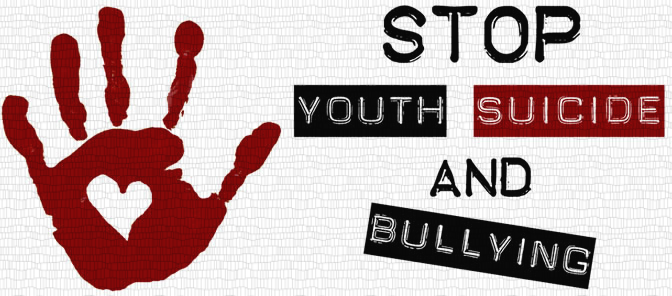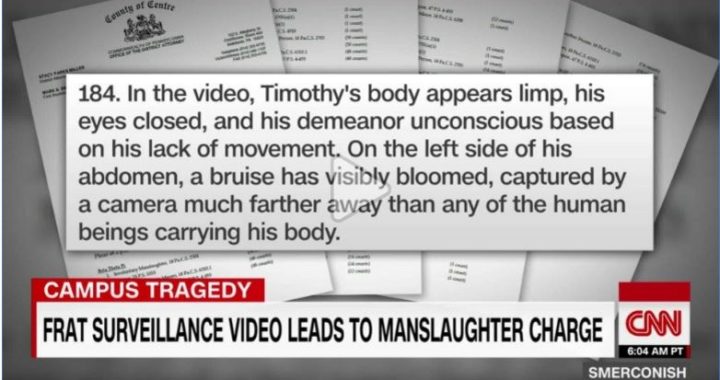By JASON DEAREN, Associated Press
Two 12-year-olds in Florida were arrested for cyberbullying in connection with the death of a middle-school student who police say hanged herself two weeks ago.
The circumstances around the death of 12-year-old Gabriella Green on Jan. 10 led to the arrests of the two Surfside Middle School students, Panama City Beach officials said in a news release Monday.
Police did not release the names of the two children who were arrested because they are minors.
Investigators were made aware of the potential cyberbullying against the girl while looking into the death, which led them to examine several cellphones and social media accounts, the news release said.
They interviewed two suspects with their parents’ permission, and say both confessed to cyberbullying.
A police report states that one of the suspects told an investigator that she had started rumors about Green in person, and online.
“Her actions consisted of starting rumors of the victim having sexually transmitted diseases, vulgar name-calling … and threats to ‘expose’ personal and sensitive details of the victim’s life,” the police report said.
The other suspect, a boy, told police he video-chatted with Green after she told him she had attempted to hang herself and had marks on her neck, according to the report.
“(He) responded by saying something to the effect of, ‘If you’re going to do it, just do it,’ and ended the call,” police wrote. “He immediately regretted that statement, and began calling and text-messaging her, but did not receive a response.”
Green’s cousin, Chad Baker, told police she hanged herself with a dog leash in her closet, the police report said.
Police said the suspects did not notify any adult or authority about Green’s state of mind. The two children arrested also acknowledged that their conduct was directed at Green “knowing that said conduct would result in emotional distress.”
Jan. 23, 2018, at 3:57 p.m.


